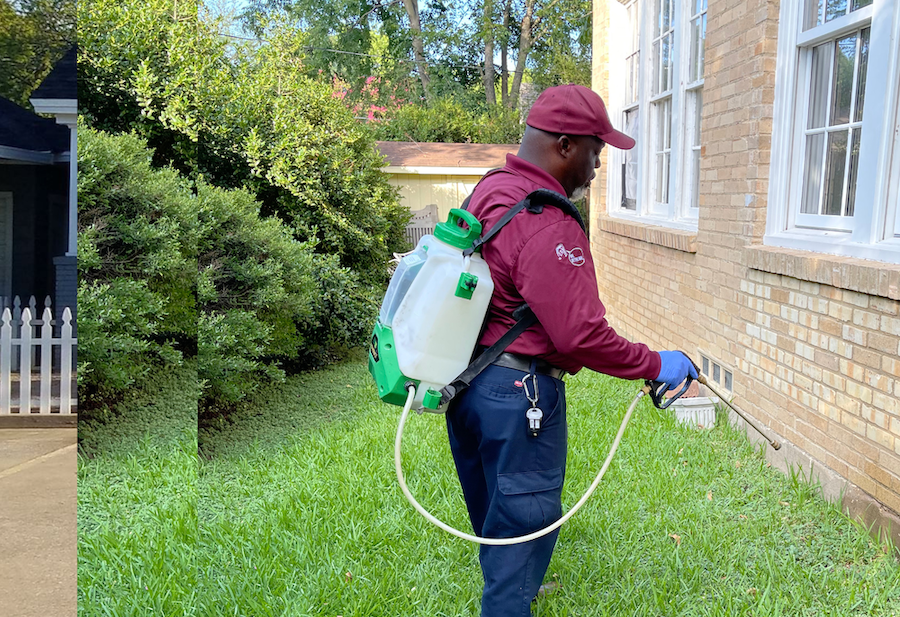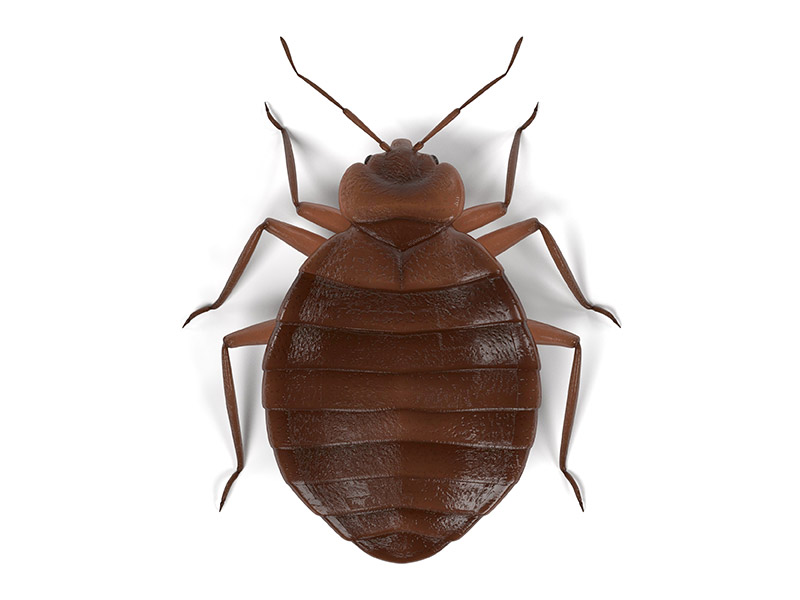Stop infestations with expert Pest Control strategies that last.
Eco-Friendly Pest Control Approaches for Managing Wildlife in Urban Areas
Urban locations typically discover themselves at the crossway of human activity and wild animals, leading to one-of-a-kind difficulties in bug administration. These techniques not only protect the setting however additionally enhance community involvement in wild animals administration. As urban populations continue to expand, recognizing the dynamics of wildlife communications ends up being increasingly essential.
Understanding Urban Wildlife Dynamics
Recognizing Urban Wildlife Dynamics is vital for developing reliable and environment-friendly insect control techniques. Urban areas are significantly ending up being habitats for numerous wildlife varieties, driven by elements such as environment fragmentation, food accessibility, and human advancement. Acknowledging these characteristics enables for a nuanced approach to pest administration that straightens with environmental concepts.
Urban wildlife usually includes varieties such as raccoons, squirrels, and birds, which adapt to city settings, locating niches in environment-friendly spaces, parks, and also suburbs. Their existence can lead to disputes with human beings, particularly when they manipulate personnels for food and shelter. Recognizing the behaviors and environmental duties of these species notifies approaches that reduce negative interactions while advertising biodiversity.
Furthermore, acknowledging the interdependencies within metropolitan communities assists in recognizing critical areas for habitat conservation and reconstruction. This understanding adds to the growth of incorporated pest management (IPM) methods that think about the eco-friendly balance, thereby decreasing reliance on dangerous chemicals. By cultivating conjunction in between human beings and urban wild animals, cities can create healthier environments that profit both homeowners and neighborhood environments, leading the means for lasting city living.
All-natural Repellents and Deterrents
All-natural repellents and deterrents use a lasting option to standard insect control approaches by harnessing the power of nature to keep undesirable species away. These environment-friendly solutions generally utilize plant-based ingredients, essential oils, and other normally taking place compounds that discourage bugs without hurting the setting.
One reliable all-natural repellent is peppermint oil, which is known to repel rats and pests. Its solid fragrance is unpleasant to many pests, making it a preferred selection for metropolitan settings. Similarly, vinegar and citrus peels can function as deterrents, as their strong odors are commonly uninviting to different wild animals.
Furthermore, diatomaceous earth is an all-natural powder that can be spread in locations susceptible to pest task, effectively drying out and discouraging insects without posturing dangers to non-target varieties. Moreover, garlic sprays and neem oil are identified for their capability to repel a variety of parasites, including both pests and bigger wildlife.
Applying these natural repellents not just reduces reliance on chemical pesticides yet also More hints promotes a much healthier urban environment, fostering a more well balanced conjunction between people and wild animals. By making use of these methods, urban locations can effectively manage bug populaces while minimizing environmental influence.
Habitat Alteration Techniques
Efficient habitat alteration strategies play an important duty in lasting pest administration by changing the setting to make it much less for pest invasions. By understanding the eco-friendly characteristics of city areas, residential or commercial property proprietors can apply tactical adjustments that hinder insects while advertising biodiversity.
(Tentless Termite Treatment)One primary method entails maintaining proper cleanliness. This consists of normal waste removal, safeguarding garbage can, and getting rid of standing water to minimize breeding websites for bugs and rodents. In addition, landscape design techniques such as picking native plants can improve environmental balance, supplying environments for valuable microorganisms while lessening sources for insects.
One more essential approach is to secure access factors in buildings. Inspecting and fixing fractures in foundations, walls, and windows can significantly lower bug gain access to. Creating physical barriers, such as fencings or plant buffers, can hinder wildlife activity into human-inhabited locations.
Integrated Insect Management Practices
Structure upon habitat adjustment techniques, incorporated insect monitoring (IPM) methods use a holistic technique to controlling parasite populations while lessening environmental influence. IPM combines numerous strategies, consisting of organic, cultural, mechanical, and chemical controls, to accomplish effective bug management.
Biological control includes the intro of all-natural killers or parasites to minimize parasite populations. Cultural techniques, such as plant rotation and sanitation, interfere with pest life process and decrease their environments - Pest control service. Mechanical controls, like traps and barriers, provide prompt remedy for bug stress without chemical treatment
Chemical controls are made use of as a last hotel, concentrating on targeted applications that limit damage to non-target varieties and the setting. The selection of eco-friendly chemicals, when essential, is integral to the IPM framework. Additionally, checking parasite populations and analyzing potential damage helps inform decision-making, guaranteeing that interventions are timely and efficient.
Neighborhood Participation and Education And Learning

(Honey Bee Relocation)Workshops and educational sessions can outfit homeowners with expertise concerning indigenous types, habitat conservation, and effective safe parasite monitoring methods. Partnership with institutions, neighborhood organizations, and federal government firms better improves academic outreach, guaranteeing that vital details gets to diverse target markets.
Additionally, community-led initiatives, such as community clean-up days and environment reconstruction tasks, not only promote biodiversity but also reinforce community connections. Pest control service. By urging citizens to share their experiences and observations, areas can create targeted methods that deal with specific neighborhood insect issues
Including comments from residents right into insect monitoring prepares enables an extra responsive and adaptive approach to wild animals challenges. Inevitably, informed and involved communities are vital to accomplishing long-lasting success in environmentally friendly parasite control, causing healthier metropolitan settings that appreciate both human and eco-friendly demands.

Final Thought
In verdict, environment-friendly bug control comes close to offer lasting options for handling metropolitan wildlife. By focusing on habitat adjustment, using natural repellents, and implementing incorporated parasite administration practices, neighborhoods can promote a harmonious conjunction with regional animals.